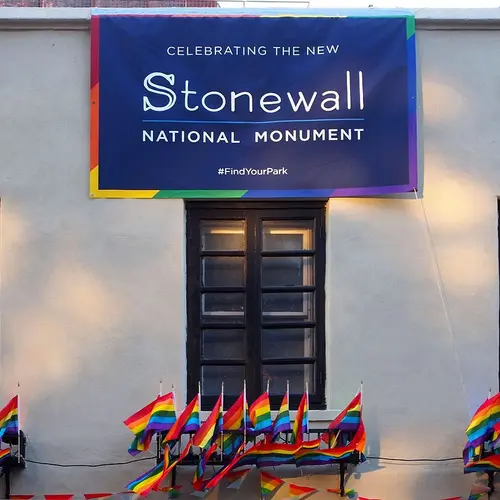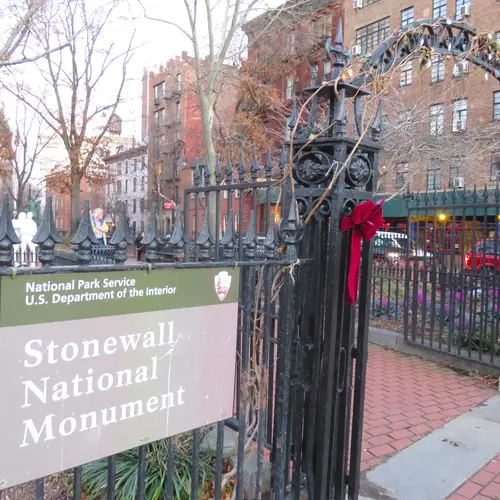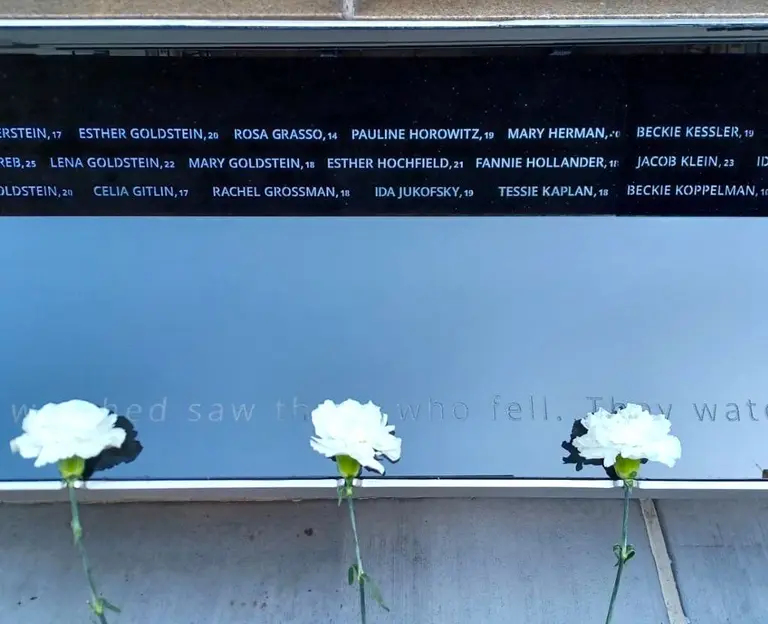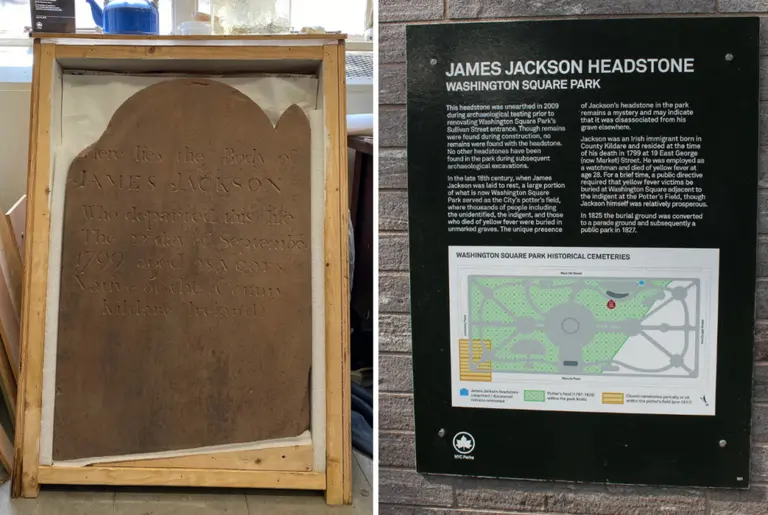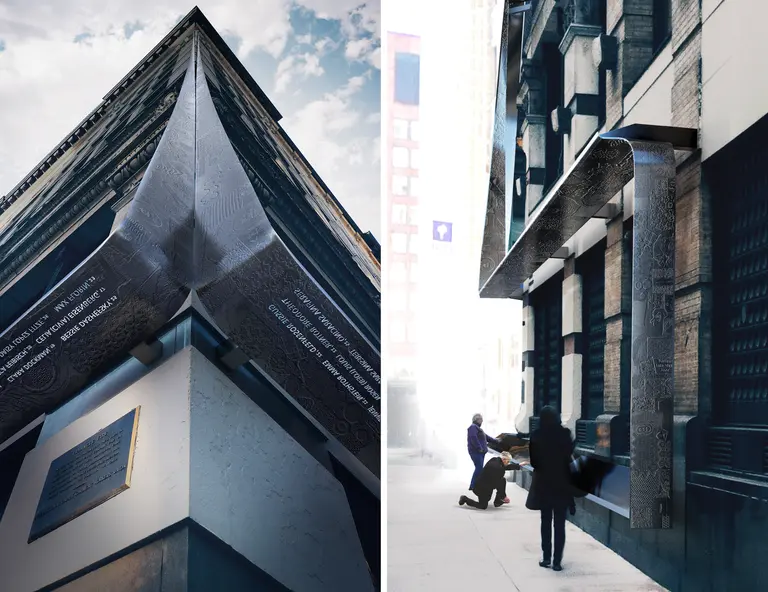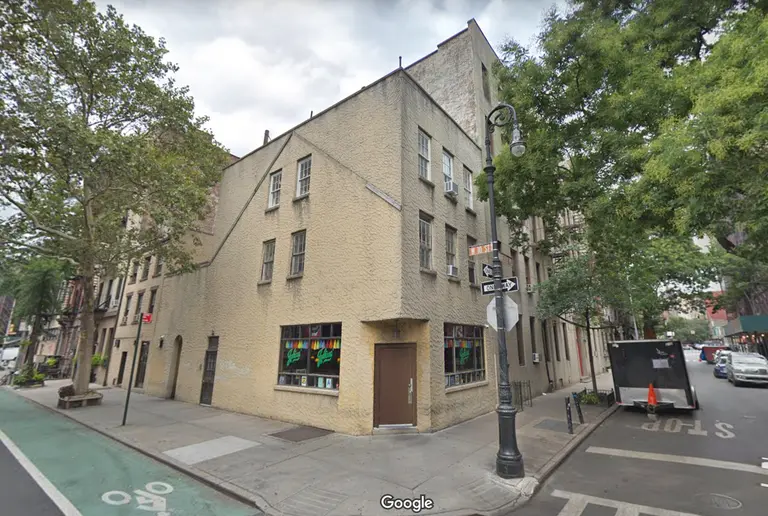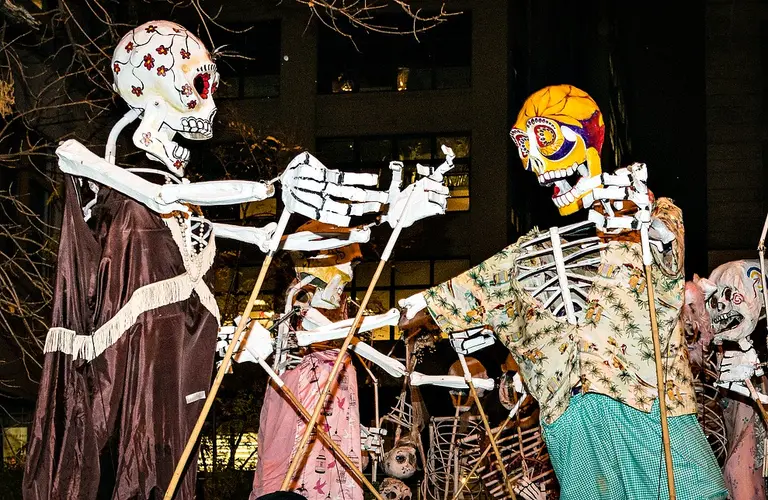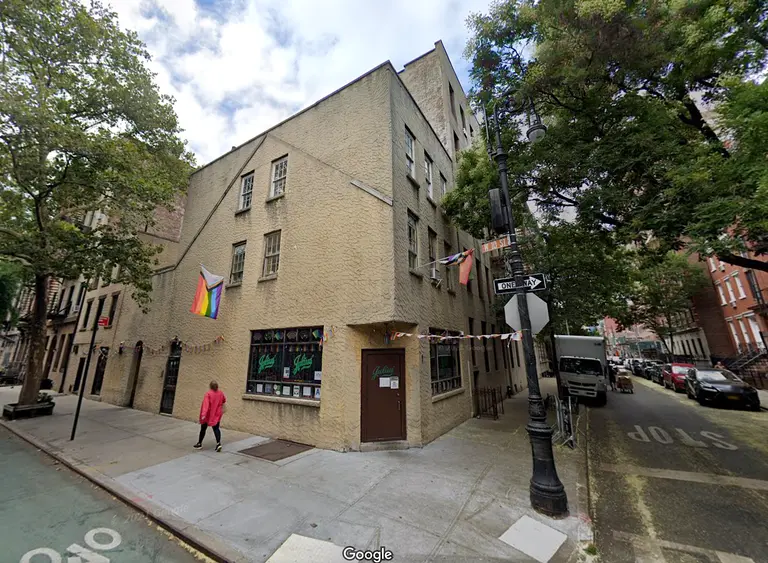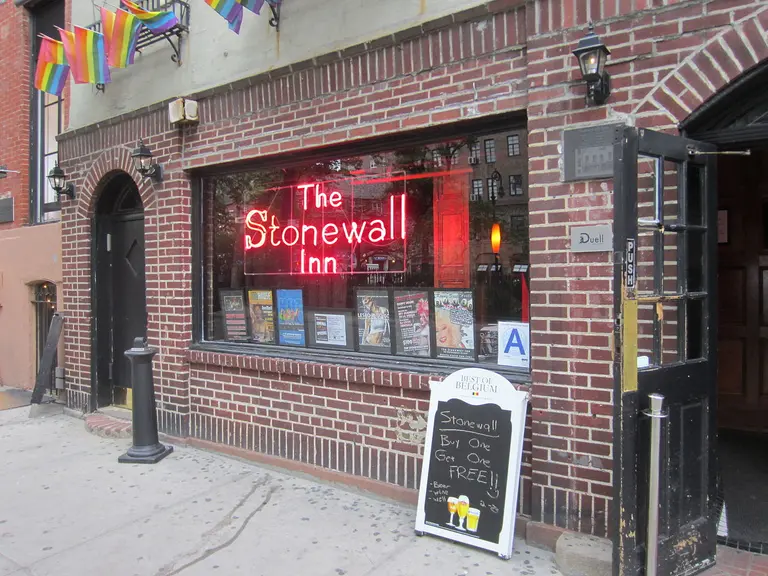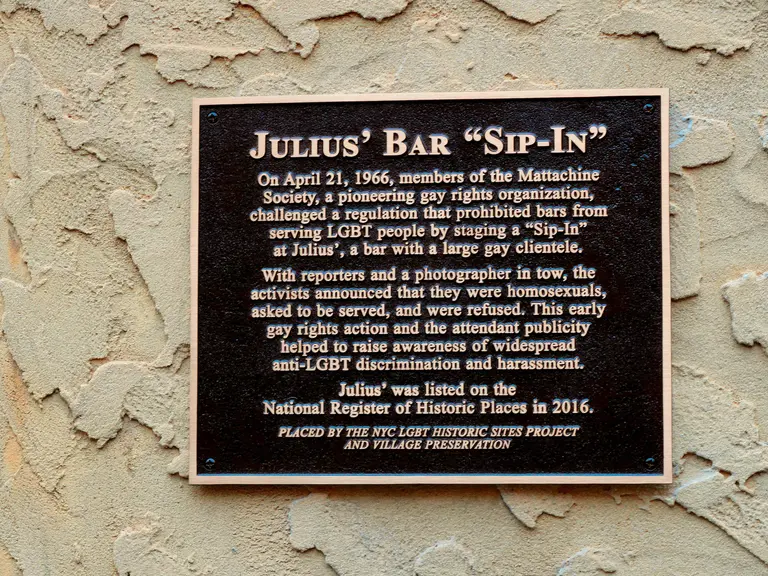The long road to landmark: How NYC’s Stonewall Inn became a symbol of civil rights
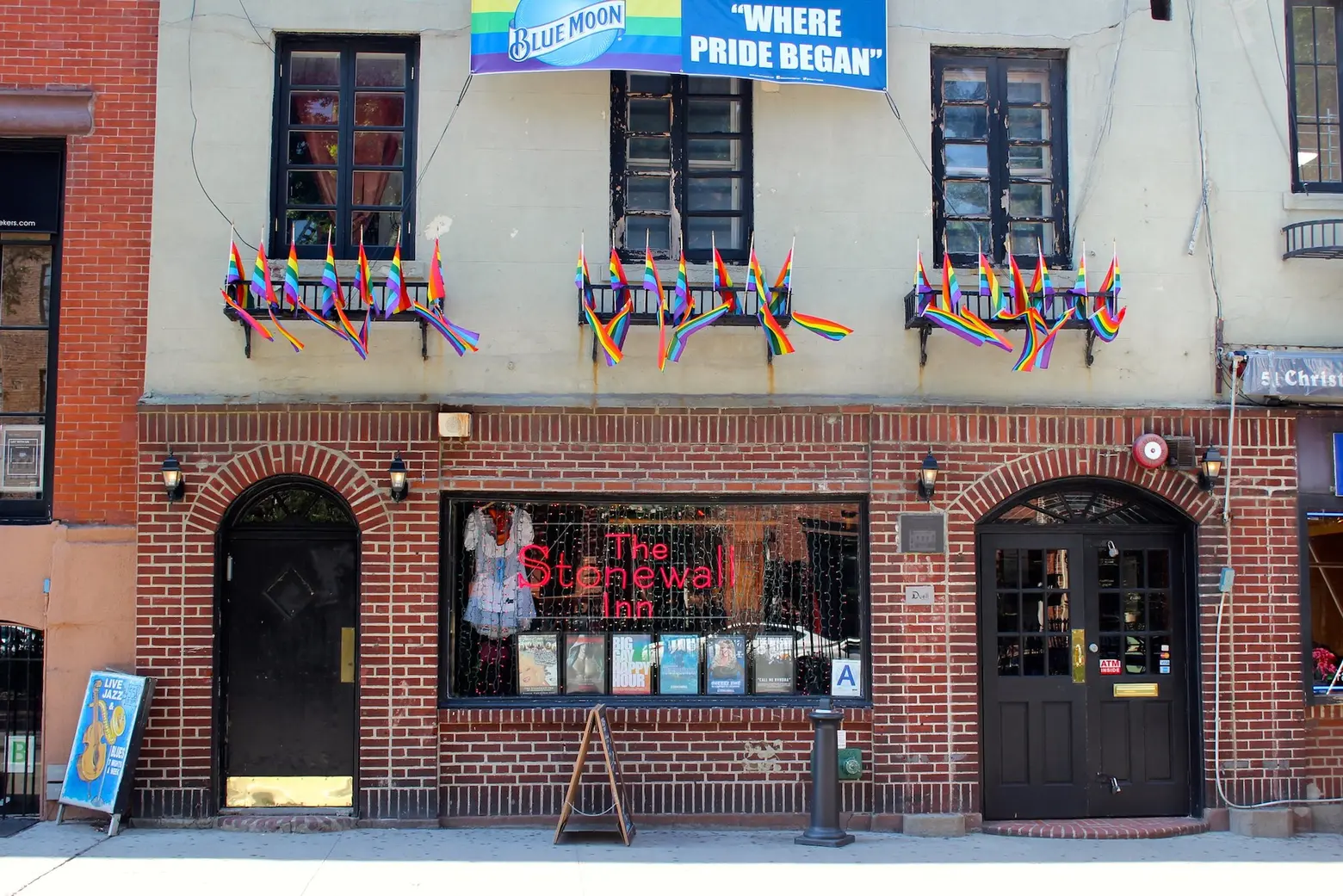
Via NPCA on Flickr
Millions will converge in New York City this weekend to celebrate events which took place in and outside of a Greenwich Village bar 50 years ago. The Stonewall Riots will not only be memorialized here in New York City, but those events have come to take on international significance. There are celebrations and marches in countries across the globe, with the name ‘Stonewall’ also used by countless organizations and entities around the world to signify the quest for lesbian, gay, bisexual, and transgender (LGBT) equality.
But 50 years ago those three nights of protests were barely noticed beyond the boundaries of the local neighborhood and a small but energized group of activists and rabble-rousers. They garnered little media attention, and most of the attention received was pretty negative – including from the gay community. So how did the events at the Stonewall 50 years ago go from an obscure set of disturbances at the tail end of the decade marked by strife and disorder, to an internationally-recognized symbol of a civil rights movement? Ahead, learn about Stonewall’s long road to becoming a civil rights landmark.
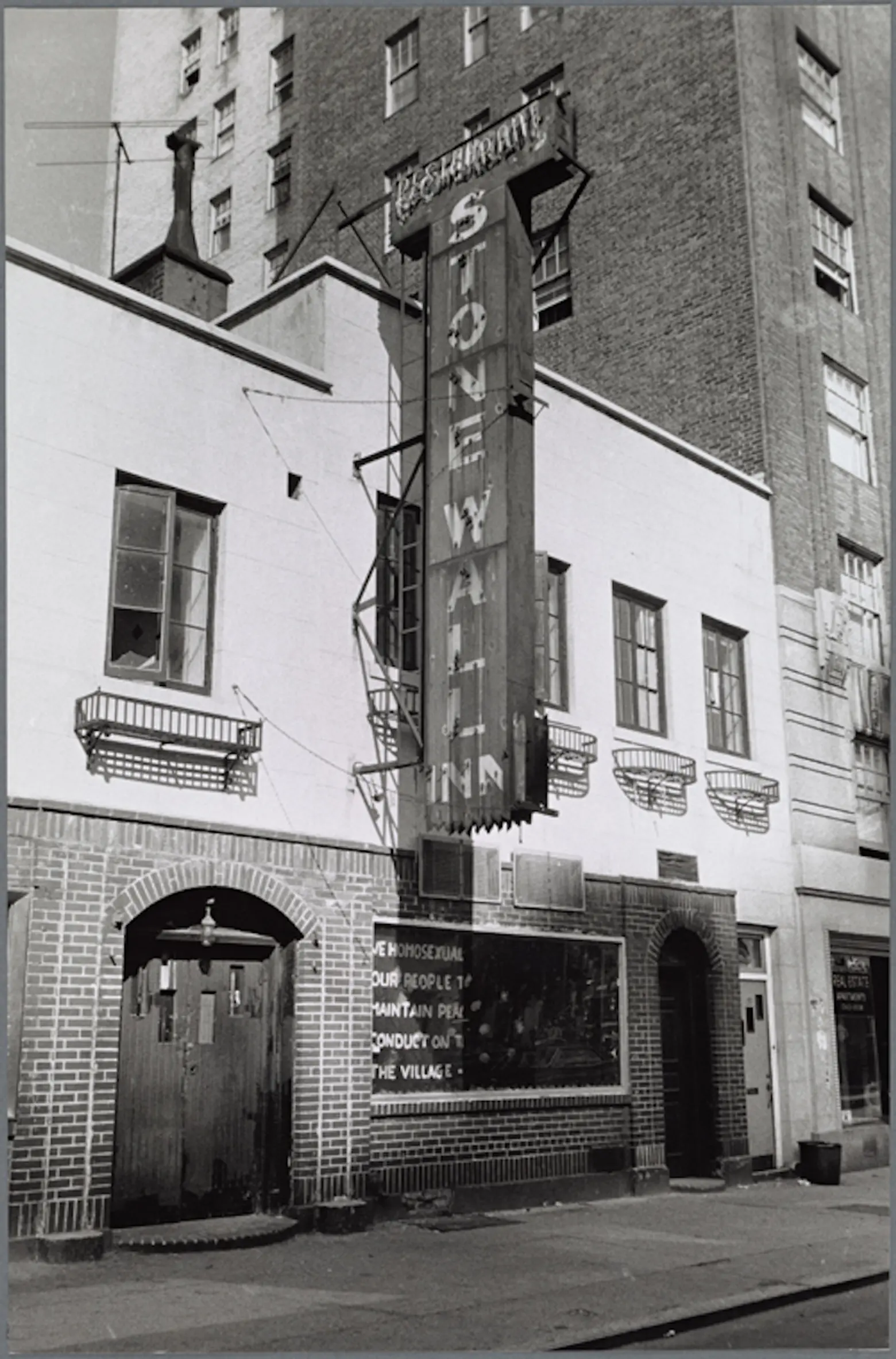
Via New York Public Library. “Stonewall Inn” The New York Public Library Digital Collections. 1969.
There’s, of course, no single answer to this question, but there are a few lenses through which it can be examined. One is governmental recognition, and one of the first examples of that came in 1989, on the 20th anniversary of the Stonewall Riots. The block of Christopher Street in front of the Stonewall Inn was renamed “Stonewall Place,” an act which required the approval of the New York City Council and the mayor. It’s worth noting that it was only three years earlier that after a 15-year struggle, the City Council finally passed a bill banning discrimination in housing, employment, and public accommodations in New York City based upon sexual orientation.
In 1999, advocates upped the ante. The Greenwich Village Society for Historic Preservation (now Village Preservation) and the now-defunct Organization of Lesbian and Gay Architects and Designers co-nominated the Stonewall Inn for listing on the National Register of Historic Places, the federal government’s official listing of sites throughout the country of historic significance. We faced a few hurdles. First, the criteria for listing any site on the National Register of Historic Places requires that it or the events connected to it be at least 50 years old, unless they are of exceptional significance. Given that no site had ever been accepted to the National Register based upon LGBT history before, this was a high bar. Second, listing required owner consent, and the owners of the building that housed the Stonewall Inn were not supportive of listing.
But the researchers behind the submission managed to overcome both hurdles, first establishing the extraordinary significance of the Stonewall Riots and their impact upon the broader culture and course of history, and second by expanding the nomination to include not just the buildings housing the bar itself, but the park across the street and surrounding streets where the several nights of protests and disturbances took place.
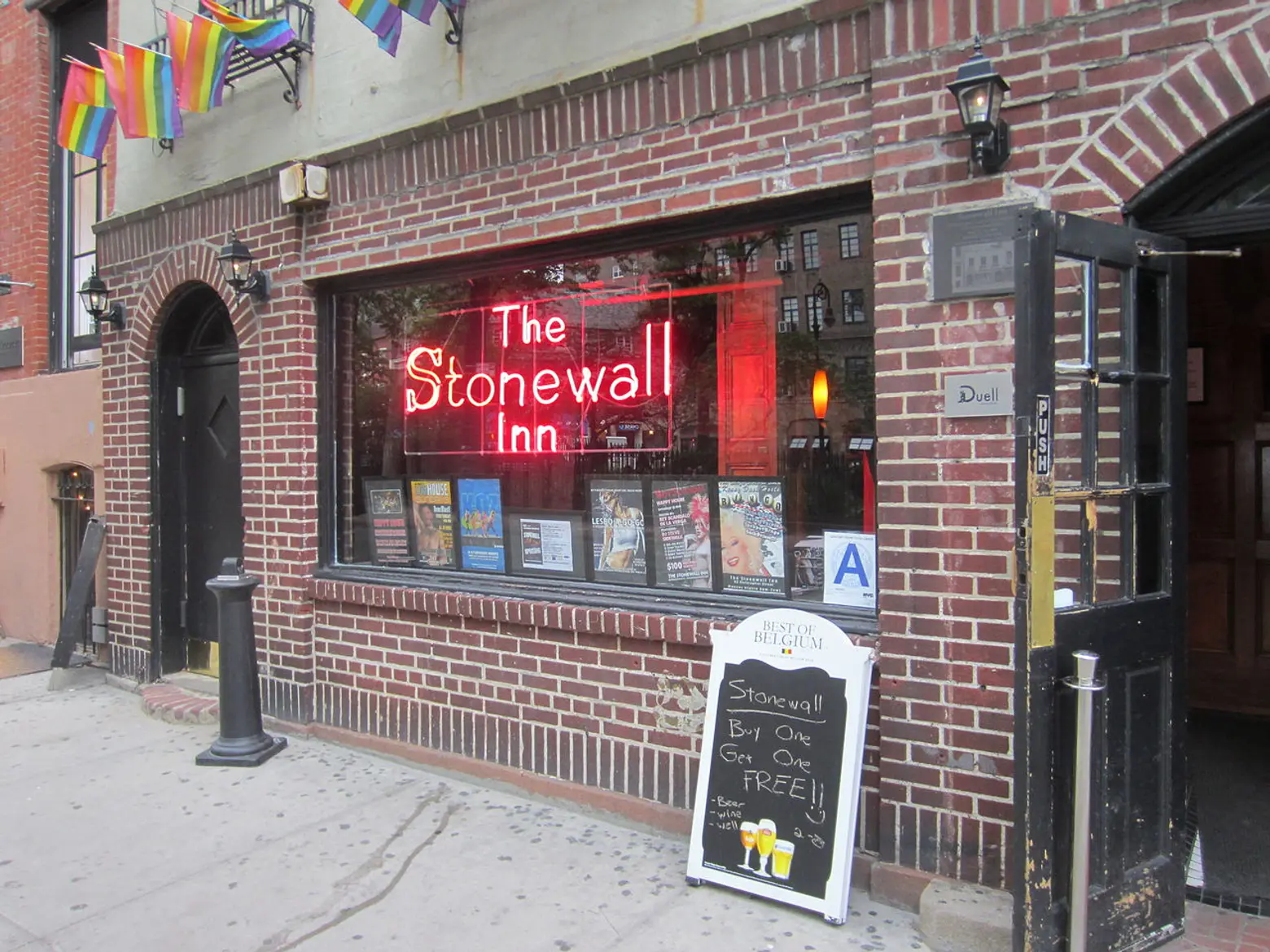
Via Wikimedia
This shifted the nomination from that of an individual building to a district, and the requirement for listing of a district on the National Register was only consented by a majority of property owners. With the nearby park and surrounding streets now making up most of the proposed district, the City of New York became the majority property owner, which consented to the listing, thus smoothing the way to listing. On June 21, 1999, the Stonewall Inn and surroundings were placed on the National Register of Historic Places – the first and for many years only site listed for its connection to LGBT history out of tens of thousands of entries.
The following year, in the last days of the Clinton Administration, the Stonewall was elevated to the status of National Historic Landmark – a much more exclusive club consisting of just 2,500 sites across the United States that “hold national significance” and are “exceptional because of their abilities to illustrate U.S. heritage.” With the change in administration in Washington after the 2000 election, however, progress on recognition of LGBT historic sites at the federal level came to a halt.
From there, the focus shifted to the local level. Perhaps counterintuitively, neither National Register listing nor National Landmark status protects a building from alteration or demolition and is largely honorific. New York City landmarking, however, does protect a building’s historic features and can prevent demolition.
The Stonewall Inn did lie within the Greenwich Village Historic District, designated in 1969 (two months before the actual riots), and thus had some level of local landmark protection which would help preserve the building. But that designation made no mention of the three nights of riots in 1969 and merely treated the building as a non-descript two-story edifice of no particular significance.
LGBT staff members within the city’s Landmarks Preservation Commission (LPC) long pushed for recognition of Stonewall. In 2014 Village Preservation formally proposed Stonewall for individual landmark designation to ensure its LGBT history was recognized and the features which related to the historic events which took place there were preserved. With support we gathered from elected officials, LGBT groups, and other preservation organizations, after a year-and-a-half campaign in June of 2015 the LPC designated Stonewall and individual landmark, making it the first site designated by the City of New York based upon LGBT history, thus extending not only recognition to the site, but teeth to the designation.
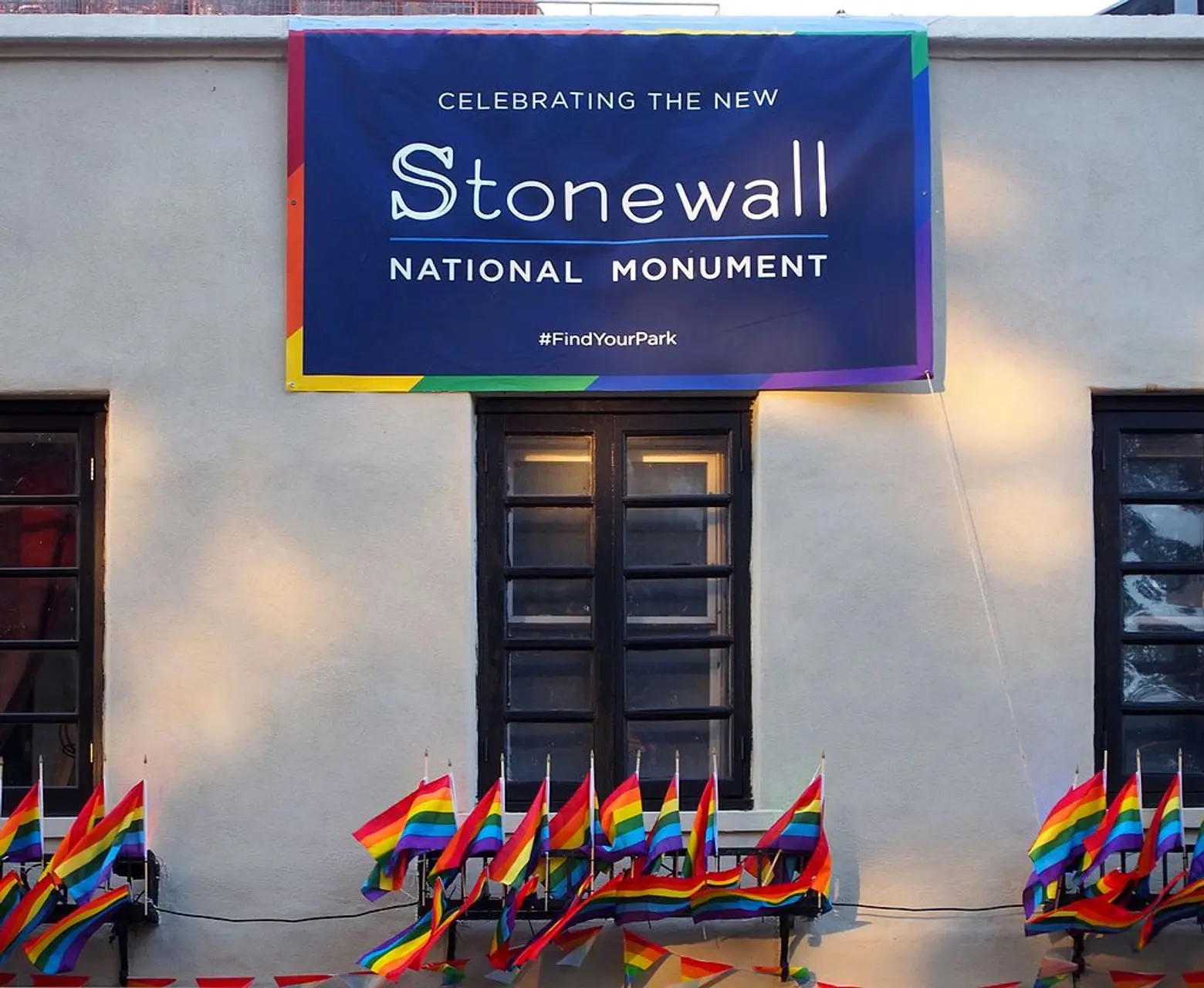
Via Wikimedia
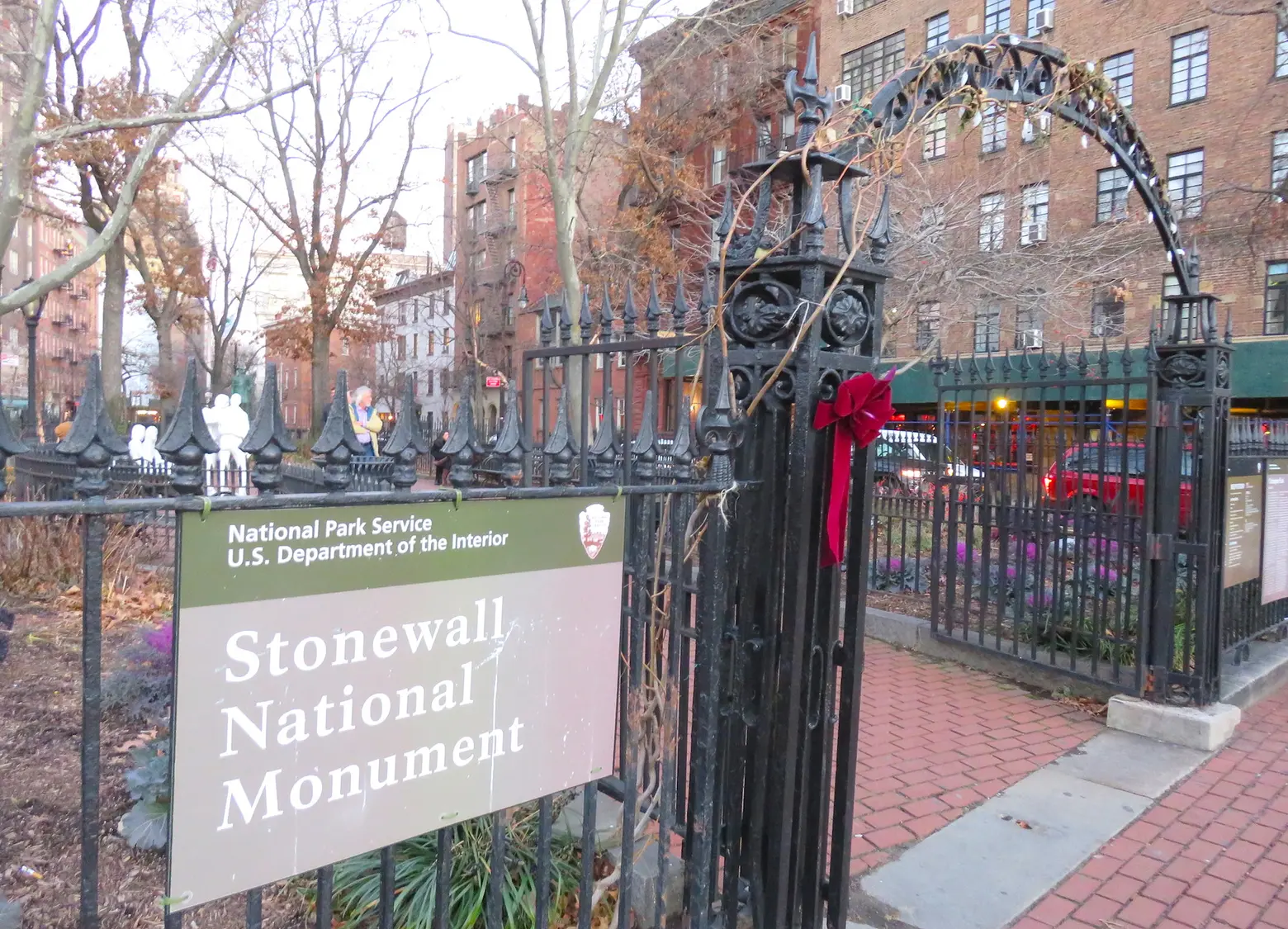
Via Flickr
Then in 2016, aware that the LGBT-friendly Obama Administration was coming to an end and its successor was unclear, the National Parks Conservation Association spearheaded a drive to designate Stonewall as a National Monument. An even higher level of national recognition, National Monument status could be granted by a president alone without congressional approval (which a then-Republican-controlled Congress was unlikely to provide).
Most of the roughly 120 National Monuments in the U.S. were natural sites, such as the Grand Canyon or Devil’s Tower. But there were man-made sites as well, including The African Burial Ground, Castle Clinton, and the Statue of Liberty, all in New York. In June of 2016, Stonewall and the neighboring Christopher Park were declared the Stonewall National Monument, the first and still only one dedicated to LGBT history and rights.
After the Trump administration’s arrival and their pronouncement that National Monument and other conservation designations by the Obama administration were being reviewed and potentially reconsidered, there were fears that the Stonewall National Monument designation might be reversed.
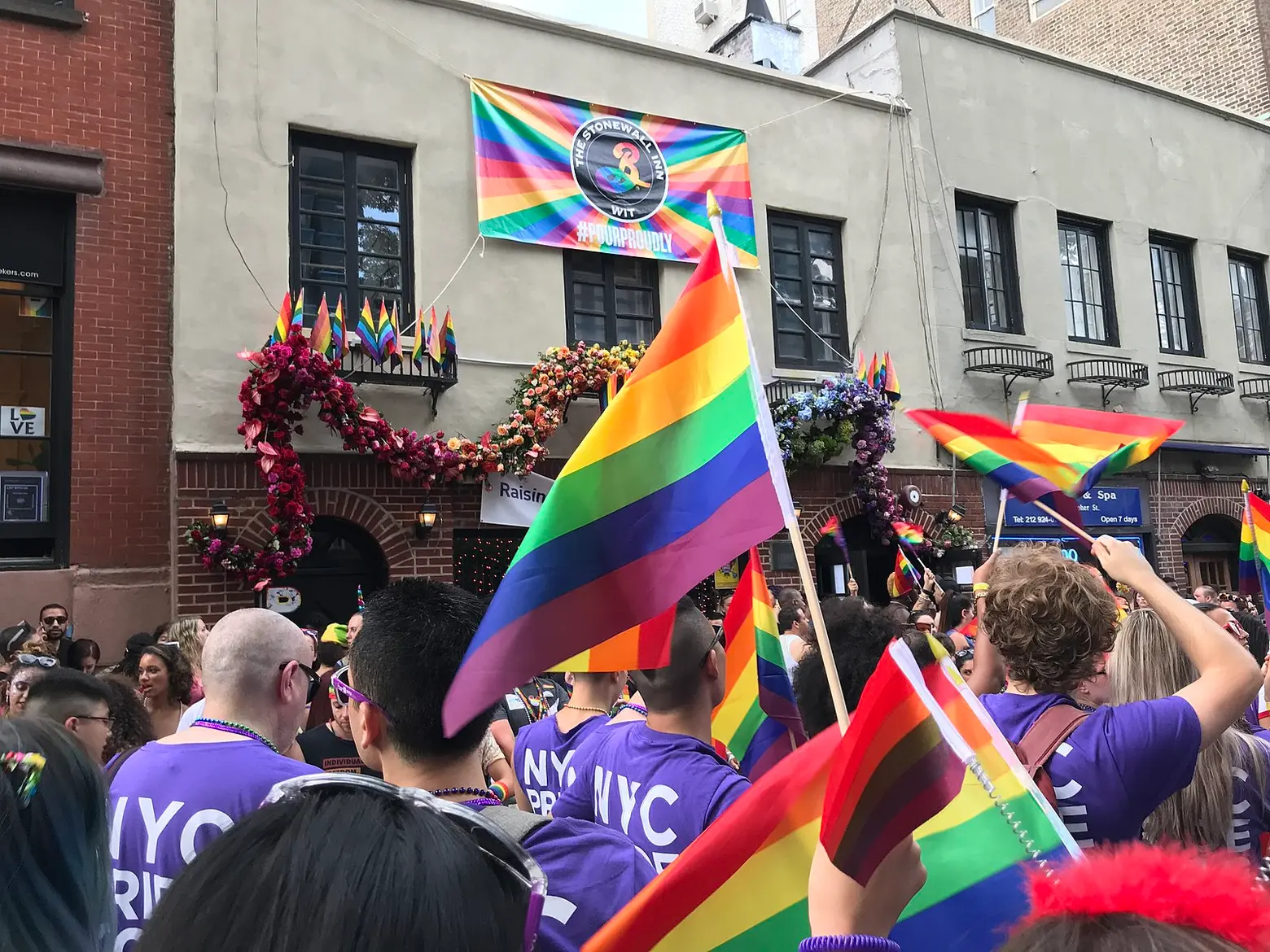
Via Wikimedia
It remained in place, but a controversy erupted in 2017 when local administrators flew a rainbow flag over the monument, and word quickly spread that it was the first time such a display of the LGBT pride flag had ever taken place on a national monument. The Trump administration distanced itself from the display, saying that while the flagpole was within the Stonewall National Monument, it was on city property and it was the city’s prerogative to fly it. However, in early June of 2019, the entire perimeter of Christopher Park was festooned with a series of rainbow flags in anticipation of the upcoming WorldPride and Stonewall50 celebrations.
RELATED:
- 50 ways to celebrate Stonewall 50 and Pride Month in NYC
- Everything you need to know about this year’s NYC Pride March
- 17 LGBT landmarks of Greenwich Village
+++
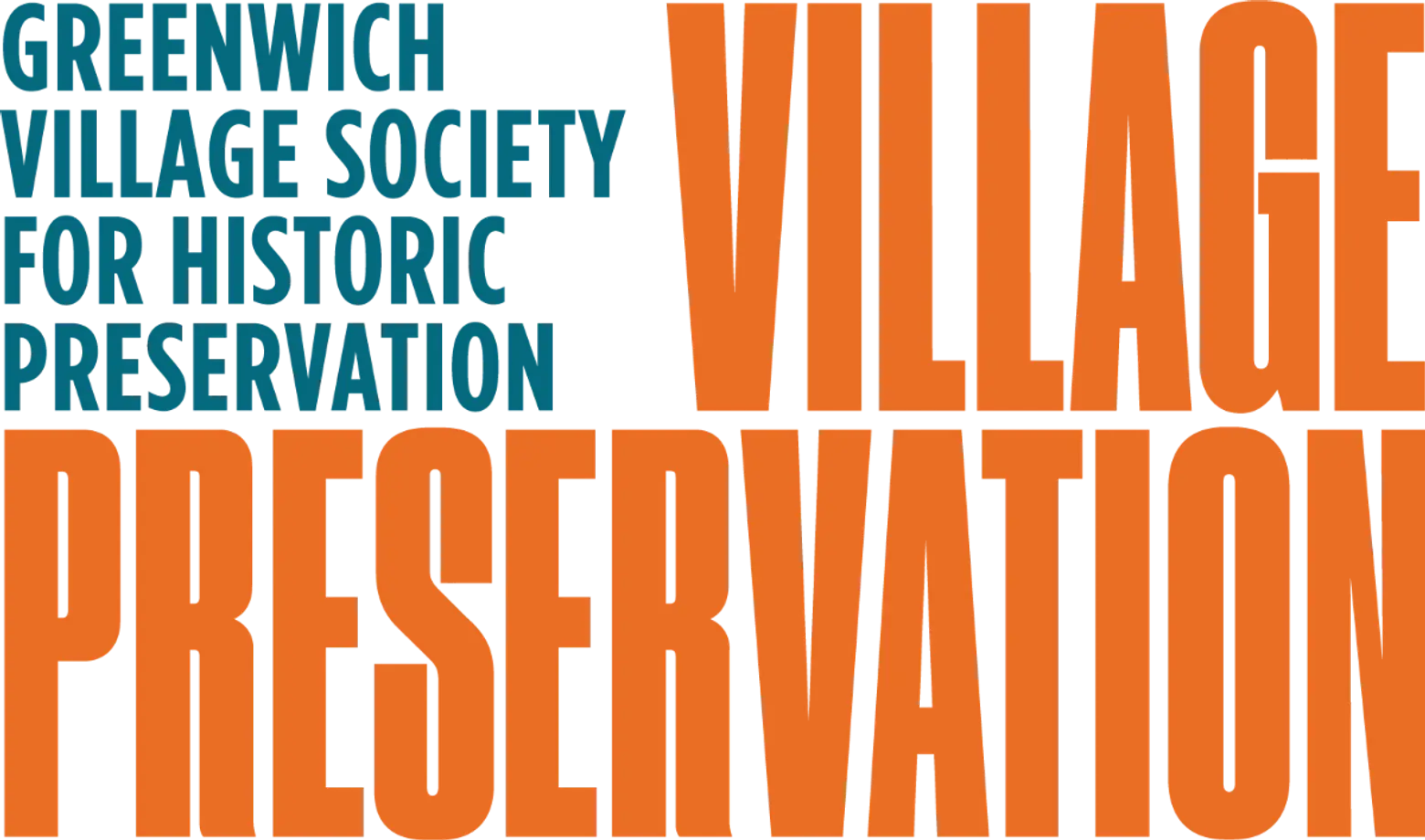
This post comes from Village Preservation. Since 1980, Village Preservation has been the community’s leading advocate for preserving the cultural and architectural heritage of Greenwich Village, the East Village, and Noho, working to prevent inappropriate development, expand landmark protection, and create programming for adults and children that promotes these neighborhoods’ unique historic features. Read more history pieces on their blog Off the Grid
